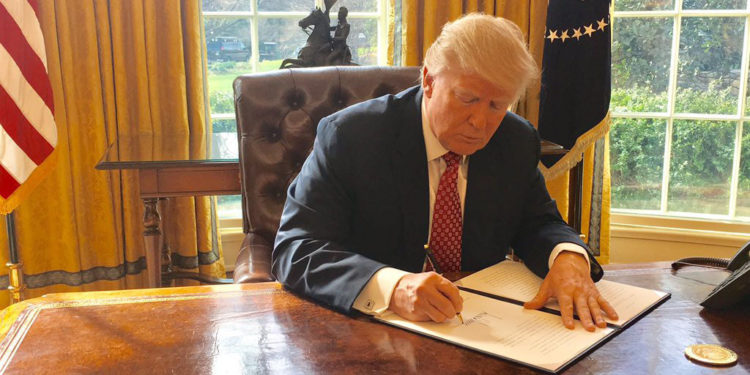Clarice Feldman of the American Thinker explores the U.S. Justice Department returning to its old tricks.
Just as Hollywood seems stuck on the notion of releasing new versions of once-popular films using new actors, the corrupt Department of Justice seems to be using the same tattered playbook once again in the preposterous and ill-considered indictment of President Trump. Only if you saw the originals, you know the plot tricks this time. …
… Here are some of the common features: Count Stacking — that is, separating a single matter into multiple counts for the purpose of poisoning the public, sensationalizing the case, and persuading a jury that there’s a pony in all that dung. (In this case, I’d add, dissuading voters from continuing to support Trump.) Cherry picking statements out of context, sometimes relying on both hearsay and misrepresentations. Leaking to the press even information which is false. Allegations aren’t evidence, and with this corrupt Department of Justice, you’d be wise to remember that.
Here are some examples: The indictment shows many boxes stacked in a bathroom and ballroom at Mar-a-Lago, but most of those seem to be simply memorabilia that Trump saved, like presidents before him. In fact, the government claims that of the 13,000 documents they seized at Trump’s residence, only 102 had “classified markings” and only 31 are in issue, of which only 21 are claimed to be related to “national defense.” The President retains his secret clearance after leaving office. Why show all those boxes stored unsecured? Certainly, to create a certain impression of massive amounts of secret materials. The indictment indicates just six top-secret and 18 secret documents were in his office. The other 11 top-secret and 36 secret documents were in a storage facility onsite, which had a lock and key that was specified by the government in a security audit weeks before the raid in the midst of a discussion over which documents were to be kept by Trump, a fact omitted from the indictment.


